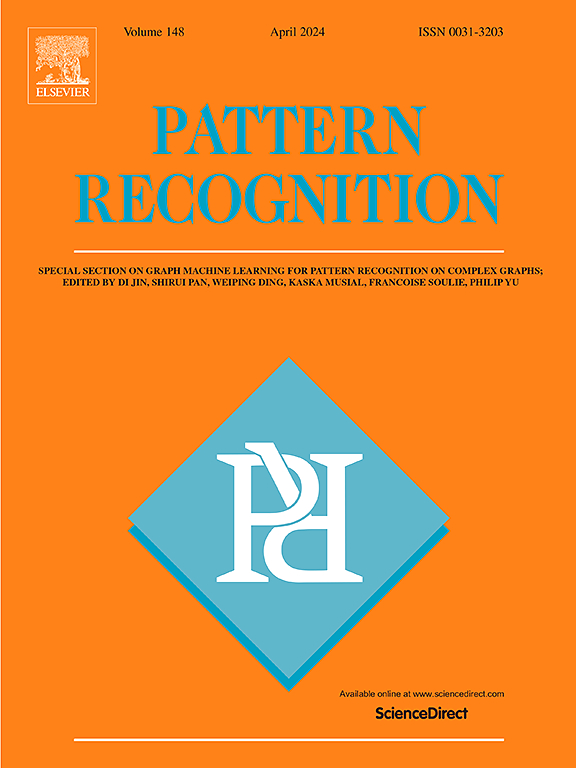MSKA: Multi-stream keypoint attention network for sign language recognition and translation
IF 7.5
1区 计算机科学
Q1 COMPUTER SCIENCE, ARTIFICIAL INTELLIGENCE
引用次数: 0
Abstract
Sign language serves as a non-vocal means of communication, transmitting information and significance through gestures, facial expressions, and bodily movements. The majority of current approaches for sign language recognition (SLR) and translation rely on RGB video inputs, which are vulnerable to fluctuations in the background. Employing a keypoint-based strategy not only mitigates the effects of background alterations but also substantially diminishes the computational demands of the model. Nevertheless, contemporary keypoint-based methodologies fail to fully harness the implicit knowledge embedded in keypoint sequences. To tackle this challenge, our inspiration is derived from the human cognition mechanism, which discerns sign language by analyzing the interplay between gesture configurations and supplementary elements. We propose a multi-stream keypoint attention network to depict a sequence of keypoints produced by a readily available keypoint estimator. In order to facilitate interaction across multiple streams, we investigate diverse methodologies such as keypoint fusion strategies, head fusion, and self-distillation. The resulting framework is denoted as MSKA-SLR, which is expanded into a sign language translation (SLT) model through the straightforward addition of an extra translation network. We carry out comprehensive experiments on well-known benchmarks like Phoenix-2014, Phoenix-2014T, and CSL-Daily to showcase the efficacy of our methodology. Notably, we have attained a novel state-of-the-art performance in the sign language translation task of Phoenix-2014T. The code and models can be accessed at: https://github.com/sutwangyan/MSKA.
求助全文
约1分钟内获得全文
求助全文
来源期刊

Pattern Recognition
工程技术-工程:电子与电气
CiteScore
14.40
自引率
16.20%
发文量
683
审稿时长
5.6 months
期刊介绍:
The field of Pattern Recognition is both mature and rapidly evolving, playing a crucial role in various related fields such as computer vision, image processing, text analysis, and neural networks. It closely intersects with machine learning and is being applied in emerging areas like biometrics, bioinformatics, multimedia data analysis, and data science. The journal Pattern Recognition, established half a century ago during the early days of computer science, has since grown significantly in scope and influence.
 求助内容:
求助内容: 应助结果提醒方式:
应助结果提醒方式:


